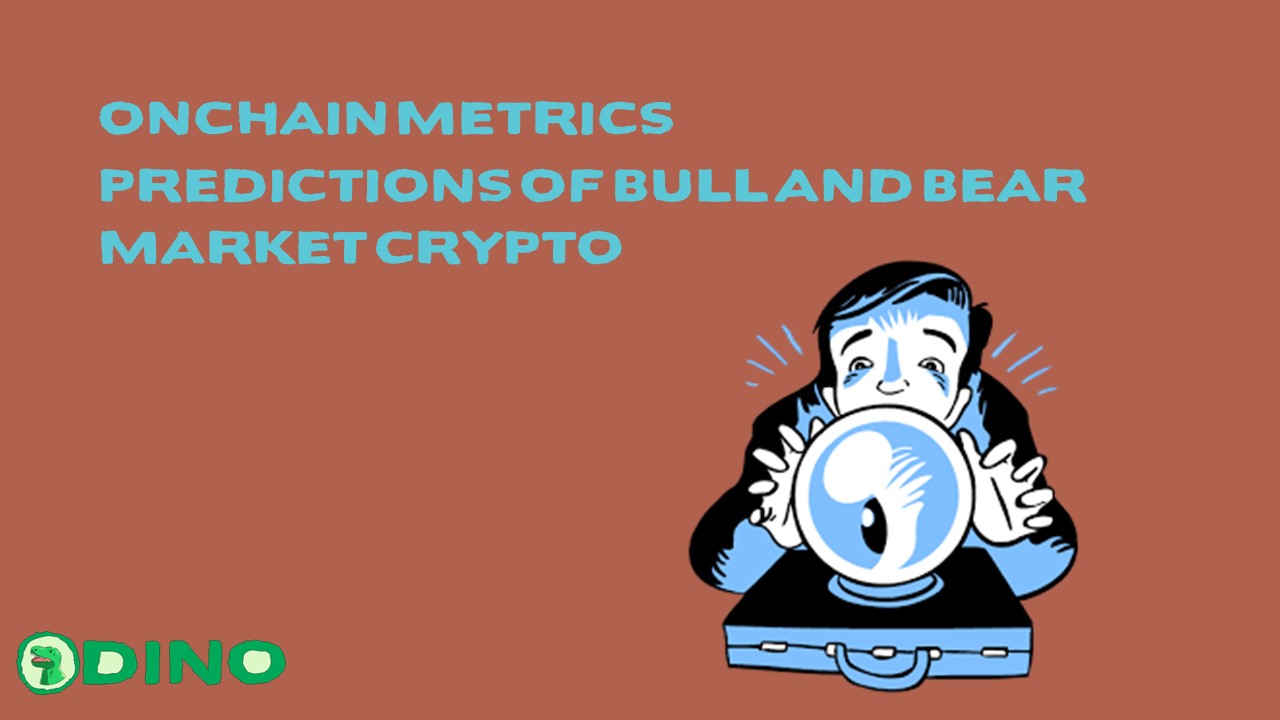When conducting technical analysis, an analyst must understand three types of price movements, including in the crypto world.
The three movements are bullish or up, bearish or down, and sideways or sideways, which is also commonly called consolidation.
Understanding bullish and bearish is generally relatively easy because the direction is clear, but one movement that is sometimes difficult to understand is sideways. Therefore, this article will explain sideways of price movements, especially in the crypto market, and how to take advantage of them.
Knowing Sideways Price Conditions
To understand sideways price conditions, analysts must first understand how price moves in a trend or zone.
In bullish movement, a zone outlines an upward trend but is filled with candlesticks that move up and down.
Similarly, when there is a bearish movement, a zone generally indicates a downward trend but is filled with candlesticks that move up and down.
This condition also applies when the price is sideways, where even though the price moves sideways, there is a rectangular zone that contains up and down movements.
Rectangular zones are generally formed through a price action analysis strategy that uses support or price lower limits and resistance or price upper limits.
Sideway prices generally indicate uncertainty because it is not yet clear whether the price will move up or down.
So the majority of medium-term traders, such as swing or position traders, generally stay away from sideways movements when trading.
Sideways price movements generally occur after a significant impulsive move, for example, when a large green or red candlestick occurs.
After the price rises or falls quickly and significantly, generally, the price will experience a sideways movement.
This is due to many different views, namely to continue the movement or reverse the direction, commonly known as a reversal.
As a result of the debate, which is reflected in the price, the buying and selling volumes become balanced, which causes the price to go sideways.
In addition, sideways conditions can also be caused by negative and positive sentiments or news that come simultaneously to an asset. Such sentiment can change analysts’ views and cause buying and selling volumes to balance and form a sideways movement.
Examples of Sideways Price Conditions in the Crypto Market Sideways
price movements can be seen through candlestick charts with different timeframes.
The point of this statement is that there will be different views by some analysts when it comes to pricing.
An example is the current crypto market in early March 2022, where one analyst pointed out that prices were increasing. Some analysts state that the Bitcoin price is currently rising because of the chart from February 28, 2022, to March 2, 2022.

However, other analysts state that the Bitcoin price is moving sideways because they see a higher timeframe.

From January 8, 2022, to March 2, 2022, it can be seen that Bitcoin is experiencing a sideways movement. So the period when doing the analysis will also have an effect.
The sideways conditions from January 8, 2022, to March 2, 2022, also confirmed the previously stated theory.
Previously, it was stated that sideways conditions would occur due to two things, namely because there had been significant impulsive movements and because of negative and positive sentiments simultaneously.
Before that period, it can be seen that Bitcoin experienced a significant bearish movement or decline.

So this movement confirms the theory that sideways generally occur after a significant impulsive move.
In addition, from January 8, 2022, to March 2, 2022, many positive and negative sentiments are circulating.
Starting from the Central Bank of America delaying raising benchmark interest rates, inflation, war, and several adoptions by large financial institutions, positive and negative sentiments co-occurred.
This condition causes sideways movement, which confirms the theory that sideways action occurs when there is a lot of negative and positive news circulating.
Sideways Price Profit Strategy
Although it was previously said that many analysts and traders stay away from sideways movements, this movement can still be used to seek profit. The reason is in sideways conditions; there is a clear direction in a zone where generally, the price will go down from resistance and up from support.
However, the risk is that from the resistance area, the price can go up and out, or from the support, the price can fall deeper if a sentiment affects it.
Therefore, trading crypto in these conditions generally has the principle of high profit but high risk.
Three strategies are most commonly used for profit to trade in sideways conditions.
The first is to do scalping, where a trader will take profits in a short time.
This strategy is carried out due to the uncertainty to minimize risk; positions are not open for too long.
This strategy provides relatively small profits and requires high concentration and time due to constantly monitoring price movements.
The second is day trading with trend and volume indicators such as the Moving Average and Relative Strength Index.
With the Moving Average indicator, traders can see the current price conditions by visiting whether the price is below or above the indicator.
Through the Relative Strength Index indicator, traders can see how the price condition is, whether it is too saturated to sell or buy.
The use of indicators can make it easier for traders to determine the price direction of support and resistance to determine a good path.
The third is to use pure price action analysis and depend on the support and resistance in one timeframe.
This strategy can be supplemented by drawing chart patterns and looking for confirmation candlesticks on smaller timeframes.
So trading is done with price action analysis using multiple timeframes or multi-timeframe analysis.
After reading this article, traders can be more aware of sideways conditions and know how to respond to them.
More News About Crypto : NEWS
Follow our Twitter : https://twitter.com/DinoDapps



